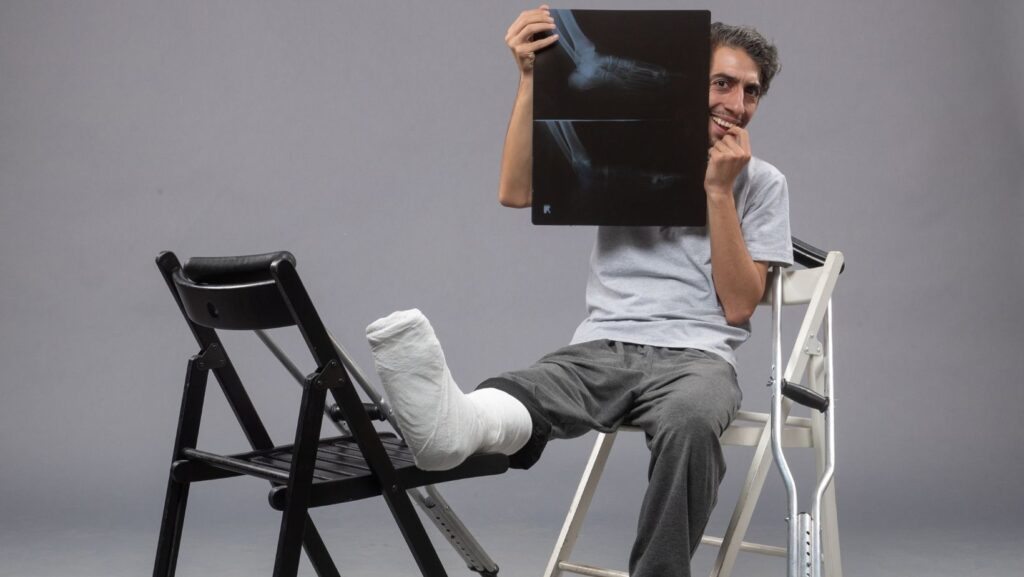Navigating the complex world of personal injury law can seem daunting, but understanding its basics is crucial for anyone seeking justice and compensation. Personal injuries encompass a wide range of incidents, from car accidents to slips and falls, each with unique legal considerations. Knowing how these cases are evaluated and the steps involved can empower individuals to make informed decisions.
Personal injury law primarily revolves around proving negligence and demonstrating the impact of injuries on one’s life. It’s essential to grasp these concepts to build a strong case. Whether you’re a victim or someone seeking to understand the legal landscape, this guide aims to demystify the process, offering clarity on what to expect when pursuing a personal injury claim. By breaking down the legal jargon and outlining the necessary steps, this resource provides the foundation needed to navigate personal injury cases with confidence.
Types of Personal Injury Cases
Various types of personal injury cases exist, each addressing different incidents and injuries. Understanding these categories helps individuals identify the appropriate legal actions for their situations.
- Car Accidents: These cases involve collisions or crashes leading to injuries. Victims often seek compensation through legal means.
- Slip and Fall: Injuries resulting from hazardous conditions on another’s property fall under this category. Premises liability often plays a key role.
- Medical Malpractice: Cases occur when medical professionals breach their duty of care, causing harm to patients. Victims might file complaints against practitioners or institutions.
- Workplace Injuries: These encompass accidents occurring in the workplace. Often subject to workers’ compensation claims, they require specific legal processes.
Statute of limitations applies to many personal injury cases, restricting the time frame for filing claims. Legal resources like ltlaw.com provide detailed information on initiating claims and understanding time constraints.
Proving Negligence and Liability
To establish negligence in personal injury cases, four elements require proof. Duty of care indicates that the defendant had an obligation to act safely. Breach of duty occurs when this responsibility isn’t met. Causation connects the defendant’s actions directly to the injury. Finally, damages refer to the actual harm suffered, such as medical expenses or lost wages. Each element is crucial for a successful claim.
For liability, some factors determine who is responsible. If multiple parties share fault, comparative negligence could reduce compensation based on the plaintiff’s role in the incident. Evidence, including eyewitness accounts and accident reports, plays a vital role in substantiating claims. Meeting these requirements within the statute of limitations is essential to avoid dismissals.

For comprehensive guidance, resources like ltlaw.com offer detailed insights on filing a complaint and legal strategy.
Calculating Damages in Personal Injury Cases
Calculating damages in personal injury cases involves assessing both economic and non-economic losses. Economic damages cover tangible losses. Categories include medical expenses, lost wages, and property damage. For example, treatment costs and rehabilitation expenses fall under this category. Non-economic damages address intangible losses like pain and suffering or emotional distress.
The severity of the injury influences potential compensation. A higher degree of impairment typically results in more substantial damages. Legal professionals use specific formulas and multiplier methods to estimate non-economic damages.
Punitive damages may apply if a defendant’s actions were particularly egregious. These damages aim to punish wrongdoing and deter future misconduct. Understanding the detailed calculations and various damage types is crucial for accurate compensation claims.
When considering a personal injury case, resources like ltlaw.com offer insights into damage calculations, filing a complaint, and statute of limitations. These informed decisions ensure individuals pursue just compensation effectively.
Understanding the Legal Process and Timeline
The legal process for personal injury cases involves several stages. Initially, injured individuals consult an attorney to assess the viability of their claim. If the attorney deems it valid, the next step involves filing a complaint, outlining the plaintiff’s allegations and demands for compensation. This action initiates the legal proceedings, emphasizing the importance of adhering to the statute of limitations, which sets a deadline for filing claims.
After filing, parties engage in the discovery phase, where they exchange evidence and information related to the case. This phase plays a crucial role in building both sides’ arguments. Settlement negotiations often occur during this time, aiming to resolve the dispute without a trial. If settlement fails, the case proceeds to trial, where a judge or jury assesses the evidence and determines liability and compensation. The process underscores the need for strategic legal navigation, and platforms like ltlaw.com offer valuable resources to support this journey.
Statute of Limitations in Personal Injury Cases
The statute of limitations defines the time frame for initiating personal injury claims. It varies by state and the type of injury, usually ranging from 1 to 6 years. Missing this deadline likely results in the dismissal of the case, making awareness of these timelines crucial. Factors like the discovery rule may extend the period if the injury wasn’t immediately apparent.

Victims should act promptly to avoid complications. Filing a complaint within the proper time ensures preservation of legal rights. Resources such as ltlaw.com offer guidance on specific timelines for different jurisdictions, helping individuals meet these critical deadlines.
The Role of an Attorney in Personal Injury Cases
Navigating personal injury cases can be complex and overwhelming but having a knowledgeable attorney can make a significant difference. They play a crucial role in evaluating the merits of a claim ensuring all legal requirements are met and advocating for fair compensation on behalf of their clients. Attorneys guide individuals through every stage from initial consultations to potential trials providing strategic advice and representation.
Their expertise in negotiating settlements and understanding intricate legal processes is invaluable. By leveraging their experience they help clients gather necessary evidence prove negligence and calculate appropriate damages. Moreover they ensure adherence to the statute of limitations preventing any loss of legal rights due to missed deadlines.
Engaging a skilled attorney not only enhances the chances of a successful outcome but also alleviates the stress of dealing with legal intricacies. For those seeking justice and compensation in personal injury cases consulting with a professional is a wise and essential step.


